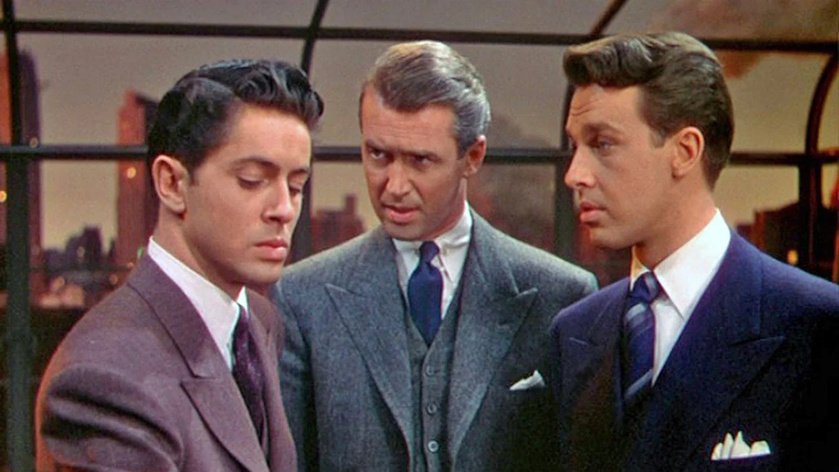A warning before I get started: after reading this you may never read or write the same way ever again. Once I became aware of this common misstep I started seeing it everywhere. I started worrying about doing it in my own writing.
You’ve been warned.
Before I get into it, let’s review some Creative Writing 101. Novels are generally written in either first or third person (you would never use second person, because you’re not crazy). First person is when the narration is limited the main character and he or she is telling us the story. “I walked into the room,” is first person. Obviously, this means that in third person the author is the unseen outside character. “He walked into the room,” is third person. Both have advantages, disadvantages, and unique challenges.
Third person novels tend to shift focus from one character to another from chapter to chapter.
Awhile back I read the incomparable Elmore Leonard’s novel Out of Sight, which was later adapted into a pretty good movie. It’s a cat-and-mouse story about a gentlemanly felon named Jack Foley, and Karen Sisco, the US Marshal tasked with tracking him down. It’s written in third person and opens with Foley’s escape from prison and, through an amusing series of events, he and Sisco end up crammed in a car trunk together.
They part ways at the end of chapter 7, when Jack gets out of the car.
Chapter 8 opens with Karen in the hospital, recovering from her injuries. How did she get there? What happened? Well, we’re about to find out. But it only makes sense that she would have to tell her superiors what happened. We need to know that she told someone, and how, so that their next steps have context. When she recounts her escape it’s thrilling, so Leonard still manages to show and not tell. He doesn’t just reprint her report. But avoids doing something many authors don’t.
He doesn’t chew his cud twice.
Right now I’m reading a novel written by a best-selling author and put out by a major publishing house. Overall, I’m really enjoying it and hate putting it down to do things like fix meals or sleep. However, this author hasn’t read enough Elmore Leonard. In one chapter we’ll be introduced to some characters, learn their backstories, witness some major event. Then in the next chapter someone on the other side of the globe will learn of these events, read their biographies, maybe watch a video of what happened to them. For the purposes of the story, his reaction is the one we need.
Why are we going two steps forward, and one step back?
Maybe he needed to make a specific page count and couldn’t think of a better way to fill it. Because I’m sure this novel would be a third shorter without all the back and forth. Maybe he’s erring on the side of showing and not telling. More likely, he’s probably not even aware that it’s happening. This is part of a long series, so he’s constantly mentioning past events so that anyone who hasn’t read the previous novels understands what’s happening now. Once your mind is in that mode, I can see how it would be difficult to break out of it, even from one chapter to the next.
I also won’t assume that he writes every chapter in order.
In any case, it’s annoying. And now that I understand the danger, I can’t not see it when he falls into this trap. It’s made me a much more conscious writer. As Leonard said (I’m paraphrasing), “When writing, skip the boring the parts.”
Too much repetition is undoubtedly borning.
























